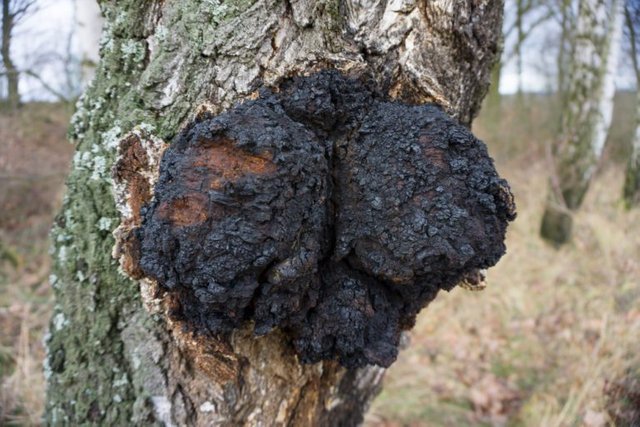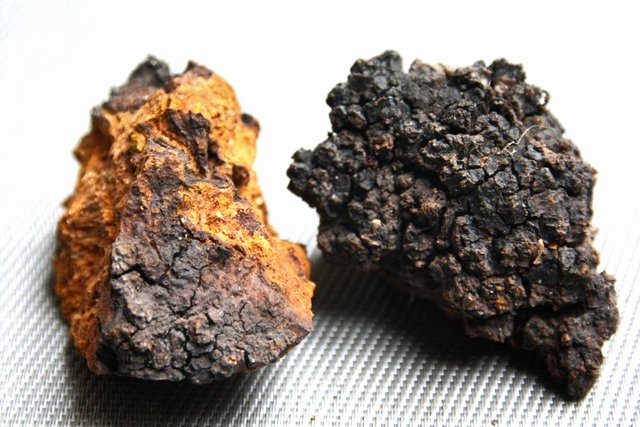Chaga Mushroom (Inonotus obliquus)
Chaga Mushroom (Inonotus obliquus)
Chaga mushroom is a medicinal fungus that primarily grows on birch trees in cold regions such as Siberia, Northern Europe, Canada, and the northern parts of the United States. It has a distinctive black, cracked surface that resembles burnt wood.
Health Benefits and Properties
Chaga is known for its powerful antioxidants and anti-inflammatory effects. It contains beta-glucans, polyphenols, melanin, and other bioactive compounds. Its main benefits include:
Immune system support – Helps boost the immune system and fight infections.
Antioxidant effects – Protects cells from oxidative stress and slows aging.
Digestive health – Improves gut microbiota and helps with stomach issues.
Anti-inflammatory and anticancer properties – Some studies suggest it may slow tumor growth.
Blood sugar and cholesterol regulation – Helps stabilize blood sugar levels and improves fat metabolism.
Where It Grows and How It’s Harvested
Chaga mainly grows on birch trees in cold climates and takes several years to mature. It is harvested in winter or early spring when its concentration of medicinal compounds is highest. After harvesting, it is dried and ground into powder, used for making tea or extracts.
Interesting Facts
Chaga has been used in traditional Russian and Chinese medicine for centuries as a “health elixir.”
It is often called "black gold" of Siberia.
It contains high amounts of melanin, giving it its dark color and potential skin benefits.
The novel “Cancer Ward” by Aleksandr Solzhenitsyn mentions it as a folk remedy for cancer.
Chaga is most commonly consumed as a tea or tincture and is valued for its powerful medicinal properties.

